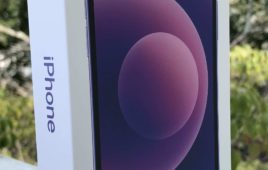Despite Apple and China Mobile, the largest carrier in China and the world, celebrating the long-awaited official launch of the iPhone late last year, iOS saw share corrosion in China.
Apple’s saw its iOS smartphone sales share in China drop annually to 14.7 percent from 23.8 percent, a decline of 9.1 percent, according to Kantar.
The iPhone didn’t do anything for China Mobile either. In April, China Mobile reported down first-quarter profits, partially due to the added burden of iPhone subsidies.
Analysts have predicted that the China Mobile deal could help Apple move an additional 10 to 30 billion iPhones this year.
The iPhone revenue slide in China was only eclipsed by its loss in the U.S.
According to Kantar’s latest research, covering March to May 2014, iOS held a 32.5 percent smartphone OS sales share in the U.S., down 9.4 percent from the 41.9 percent it held during the same period in 2013.
Meanwhile, Android saw substantial gains in both the U.S. and China. In the U.S., Kantar reported Android saw a 9.9 percent annual increase and, in China, a whopping 11.3 percent annual increase, taking it up to 82.7 percent total OS sales share.
Much of Android’s success belongs to Samsung. The report says the company’s new Galaxy S5 was the second biggest selling smartphone in the U.S., behind the iPhone 5S. But in terms of total brand share in the U.S., Samsung controlled 36.8 percent of sales to put it in first ahead of Apple, with 32.5 percent.
BlackBerry managed to boost its share of smartphone sales in the U.S., climbing 0.7 percent annually to claim 1.3 percent. Windows Phone fell 0.9 percent annually in the U.S., from 4.7 percent to 3.8 percent.




